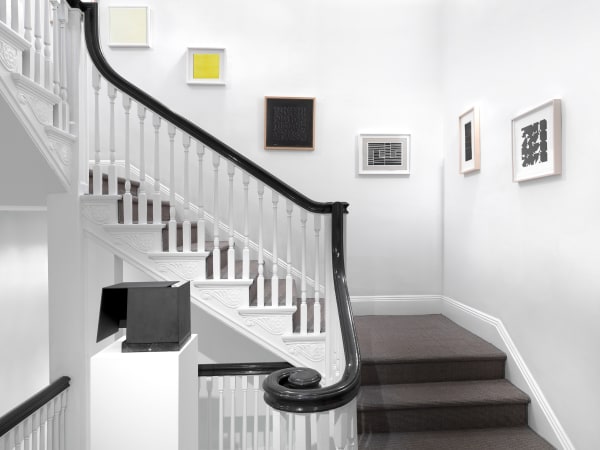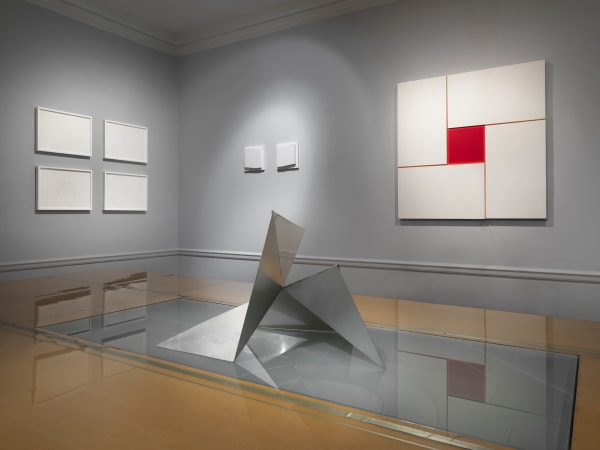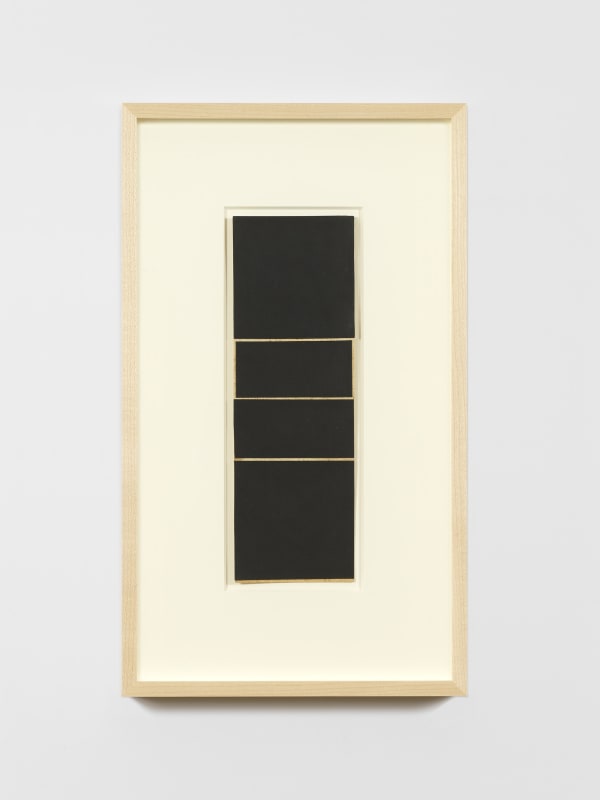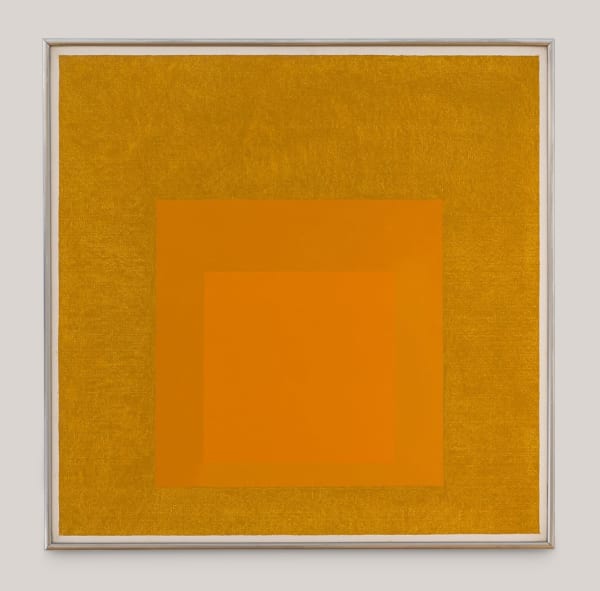“What interests me is the essence of the structure, to have in my hand the base of all possible construction."
Elena Asins (Madrid, Spain, 1940 – Azpirotz, Spain, 2015) was a visual artist, writer, lecturer, and critic. The artist pioneered the convergence between theoretical computer science and the minimal and geometrical tendencies of the 1960s. Asins' artistic research was initially linked to concrete poetry and the experimental circles that emerged in Spain during the final decades of the Francoist dictatorship. Among these groups was the Cooperativa de Producción Artística y Artesana (Cooperative of Art and Crafts), where fine arts converged with poetry, linguistics, music, and architecture. After 1968, the Centro de Cálculo (Computer Center) of the Universidad de Madrid was another important center where Asins came in contact with computer generated art. In subsequent years, the artist extended her artistic and intellectual research at Universität Stuttgart (1970), Columbia University, and the New School for Social Research in New York (1980-1987). The development of Asins’ work was informed by the aesthetic of Max Bense, the linguistic theories of Noam Chomsky, the music of Mozart, Wittgenstein’s philosophy, and mystical texts from the Old and New Testament. For Asins, the work of art is a time-experienced object that reveals the truth or the hidden order of things.
-

Minimal Means: Concrete Inventions in the US, Brazil and Spain. Curated by Joan Robledo-Palop
JONATHAN GOODMAN, Arte Fuse, March 8, 2019 -

Nina Blumberg interviews Joan Robledo-Palop
Nina Blumberg, Cultbytes, February 19, 2019 -

Abstracciones sin fronteras
Descubrir el Arte, February 18, 2019 -

Artists Bianca Boragi and Julia Rooney to lead talk on Minimal Means exhibition
ArtFixDaily, February 13, 2019 -

Minimal Means: Concrete Inventions in the US, Brazil and Spain
José Juan Barba, Metalocus, February 8, 2019 -

Minimal Means
Meer, January 28, 2019 -

El minimalismo de EE.UU. se fusiona con España y Brasil en Nueva York
Helen Cook, El Obrero, January 25, 2019 -

Minimalismo de EUA, Brasil e Espanha se fundem em Nova York
Helen Cook, EFE, O Estadão, January 25, 2019 -

El minimalismo de EE.UU. se fusiona con España y Brasil en Nueva York
Helen Cook, La Vanguardia, January 24, 2019 -

Zeit Contemporary Art opens the exhibition 'Minimal Means: Concrete Inventions in the US, Brazil and Spain'
Artdaily, January 24, 2019 -

Minimalismo de EUA, Brasil e Espanha se fundem em Nova York
Helen Cook, UOL, Brazil, January 24, 2019 -

Obras del minimalismo por primera vez reunidas en Nueva York
El Universal, Mexico, January 24, 2019 -

El minimalismo internacional en Zeit
Ana Robledano, Ars Magazine, January 22, 2019 -

A Group Show at Zeit Contemporary Art Introduces a Dialogue on Minimal Means
Elena Martinique, Widewalls Magazine, January 22, 2019
















